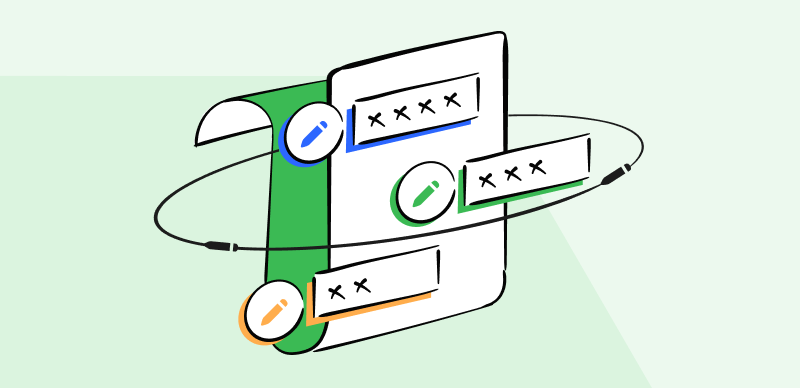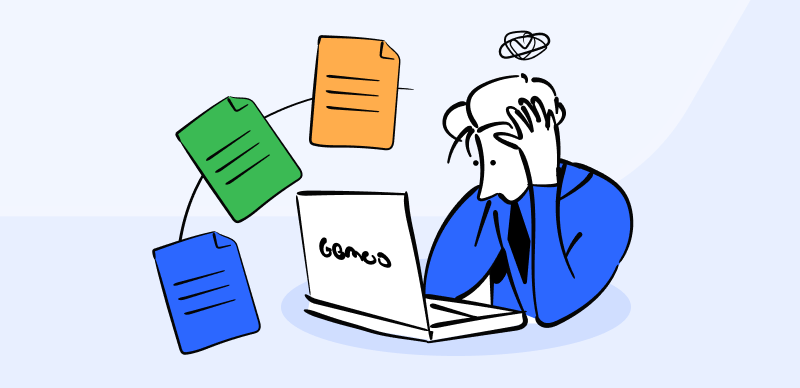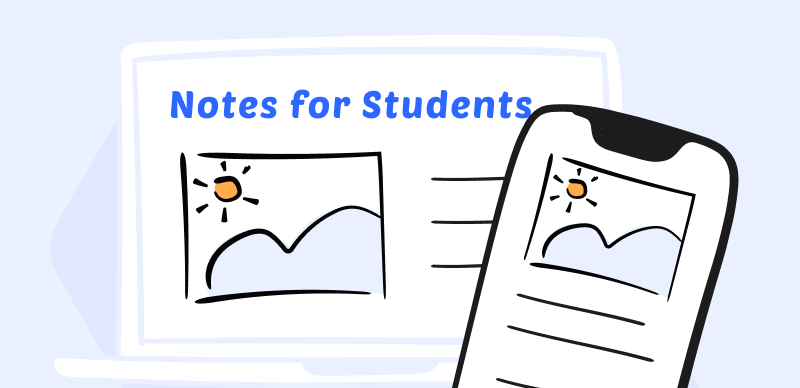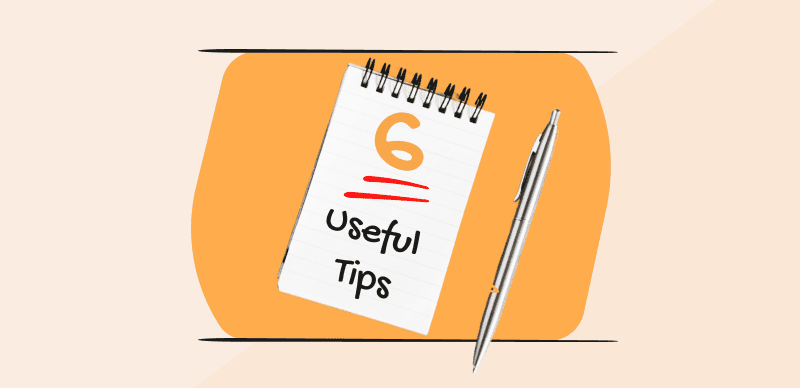
How to Take Good Meeting Notes
Getting together for short periods of time (in person or via a digital interface) is one of the most effective ways to ensure everyone is on the same page and issues are resolved in a timely manner. That’s why meetings exist.
There are many types of meetings, from short stand-up meetings where team members quickly report their progress to detailed discussions about strategy and budgeting that involve the whole company and can take hours to conclude. You can manage meetings with meeting management software. When used in moderation and with a clear agenda, meetings can make the team more cohesive and goal-focused while giving the managers an opportunity to rally the troops and keep the project moving forward.
However, a meeting creates almost no benefit if the agreed provisions are not followed up and turned into tangible actions. This is why note-taking is such an important part of business culture and why workers who know how to take good meeting notes have an advantage when it comes to advancing their careers.
Part 1. Before the Meeting
Preparation is half of success, so if you want to create great notes you need to start working on this task before the meeting even kicks off. As soon as you get the invitation and find out the topic and the list of participants, you can commence with preparatory activities on your own. Here are a few tips that can help you be 100% ready when the time comes to show what you can do:
Tip 1. Read the agenda carefully
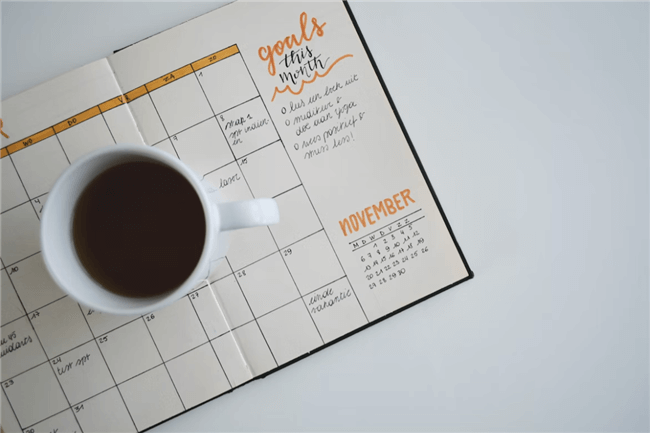
Read the agenda carefully
In most cases, a brief agenda and some materials are sent out ahead of the meeting. Many team members choose to ignore such input and instead try to pick up the main instructions from the presenters. However, if your intention is to capture the spirit of the meeting and translate it into clear and informative notes, you should always read these materials and try to identify the most essential items on the agenda.
In turn, this will tell you what to pay attention to once everyone starts speaking at the same time and you have just seconds to decide what to write down.
Tip 2. Try out your note-taking tool
While many online meeting software platforms have built-in tools for note-taking, you could also deploy a third-party app on this task. It goes without saying that you should use a tool that you are already familiar and completely comfortable with. In case you never tried creating notes with software that you will be required to log into, do a test run and get accustomed to the interface.
Even better, ask a colleague or friend to help you simulate a meeting, so that you know exactly where to click to open notes and perform key functions during the real event.
Part 2. During the Meeting
The meeting might not last for very long, but it could still include a huge amount of information that needs to be retained. This is why the note-taker must be fully focused and catch everything important that was said in the shared space. While it’s possible to record the meeting or get an automated transcript, it’s better to write down the essentials immediately than to search through entire content later. Here are a few useful techniques that can help in this regard.
Tip 3. Get the facts right
It’s absolutely imperative that all quantitative and factual information is recorded correctly. You don’t want to include a wrong date, price, or product volume in your notes, since such an error could slip into the reports or presentations that reach clients or investors.
Pay special attention when such data is discussed during the meeting and try to verify it from the shared documents. It’s also important to correctly attribute certain statements or information to their real authors, so be vary of mixing up the names or job titles of the people you are quoting.
Tip 4. Use shorthand to write faster
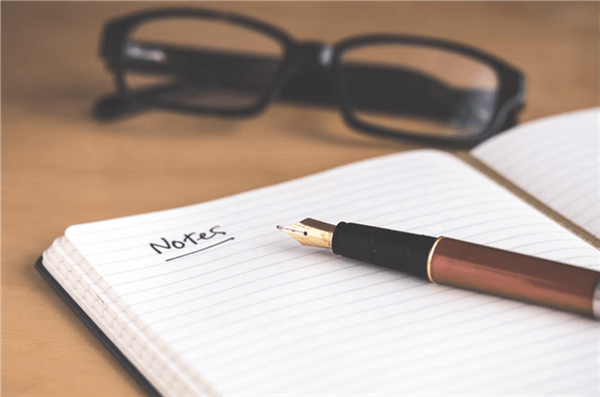
Use shorthand to write faster
People tend to speak faster than you can type, and when you have multiple voices in a heated discussion it can become quite difficult to keep pace. One way to overcome this issue is to use abbreviations and symbols that you will be able to interpret unambiguously. For example, you can use acronyms instead of full department names and initials instead of personal names.
Shorthand scribble of this kind may not be comprehensible to anyone else, but if you have a system it could help you collect more relevant information that you can tidy up later.
Part 3. After the Meeting
The job of a meticulous note-taker doesn’t end when the meeting is finished. Raw notes still need to be reviewed, cleaned up and polished before they can be shared with colleagues. If you invest some more time into this task, your notes will stand out for clarity and accuracy, and you will be recognized as a valuable team member. The following tips can be instrumental in achieving this level of quality:
Tip 5. Edit the notes while your memory is fresh
Don’t wait too long to edit your document, as it’s much easier to spot any discrepancy while the meeting is still fresh in your mind. You should go through the notes from start to finish and look for any details that seem out of context or parts that you might have skipped. This is also the time to replace quick reminders that you might have included with whole sentences. If there were any images, data tables, or graphs shared during the meeting, you can add them to the appropriate section.
Tip 6. Fix grammar and style before you share
Even if your notes are complete and factually accurate, you can still work on the presentation. Typos can spoil the impression and negate your hard work, so make sure you find and correct them all. Writing style, formatting, font size and other elements can also be adjusted to get the look and feel you want.
It may seem needless to spend time on cosmetics if the notes are intended just for internal use within the team, but messy notes are less likely to be read and thus may fail to fulfil their purpose.
Frequently Asked Questions about Note-taking
Should teams have a dedicated note-taker during meetings?
This is a savvy practice that some teams regularly use. One person can be the note-taker for a particular meeting, so that all the others can fully focus on the matters at hand. This role can rotate between team members on a daily or weekly basis, so that no one has to carry too much of a burden.
How long does it take to become skilled with note-taking?
Writing down minutes of the meeting or detailed notes is not very hard, but it takes some practice to perfect this craft. If you spend a few months intensely working on this skill, you will become noticeably better and faster to complete the document after the meeting ends.
Which note-taking software is considered to be best for business meetings?
You have a wide choice of software tools that support effortless multimedia note creation. Microsoft OneNote is one of the most popular apps of this kind, with Evernote, Simplenote, and Notability also among proven products that can be extremely effective in this role.
Final Words
The evolution of work continues and certain skills are becoming more valuable than before. This is certainly true for note-taking during meetings, which takes on additional significance in the era of remote work and distributed teams. Workers who are tasked with keeping the record of the meeting need to learn good note-taking practices and apply them consistently. Creating informative and highly presentable notes can become a big part of your business identity, and you can volunteer for this (typically undesirable) task whenever your team is having an important meeting, either in the physical office or in the virtual space.

